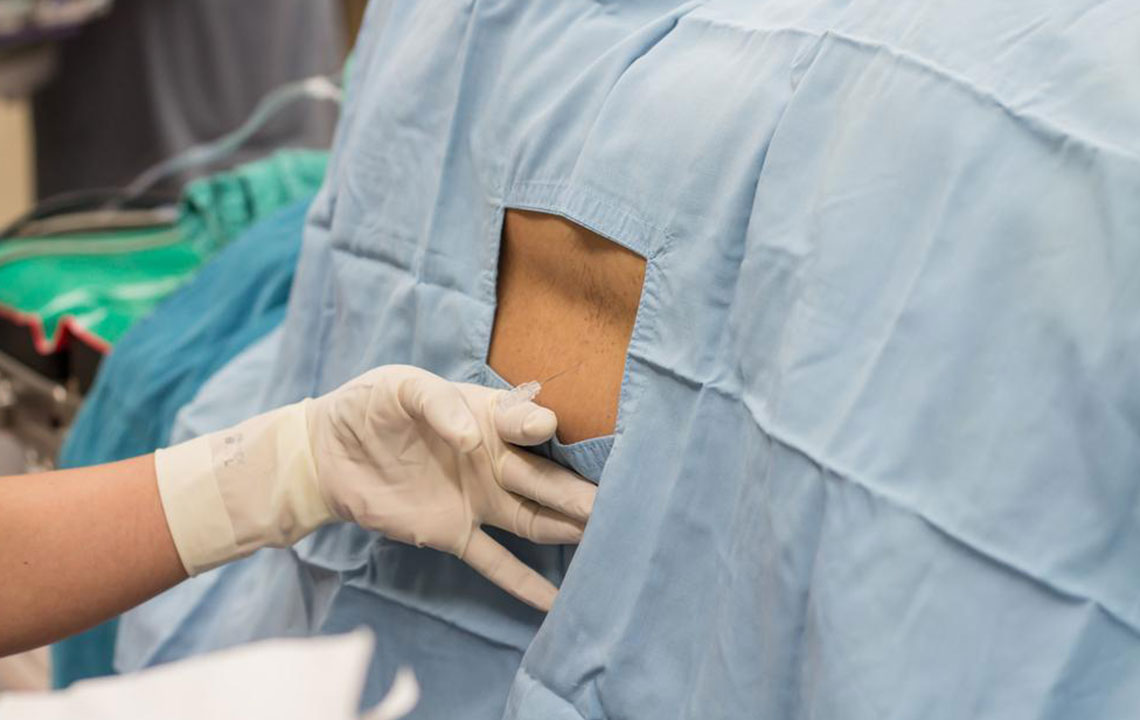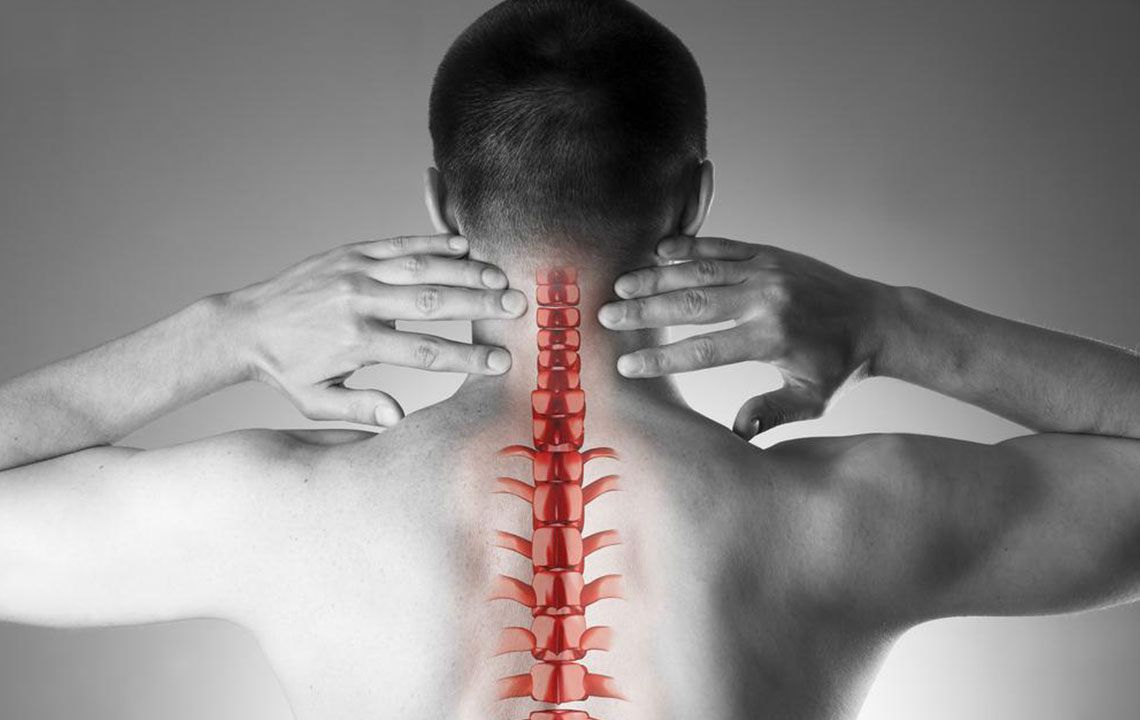Minimally Invasive Laser Solution for Lumbar Disc Herniation: An Overview
This article explores the use of percutaneous lumbar laser disc decompression, a minimally invasive procedure gaining popularity for treating lumbar disc herniation and spinal stenosis. Backed by clinical studies, it offers effective relief with fewer risks compared to traditional surgery, making it a promising option for suitable patients.

Minimally Invasive Laser Procedure for Lumbar Disc Issues
Spinal stenosis can be congenital or develop over time due to degeneration, trauma, surgery, or infection. It may affect the foramina, central canal, or lateral recess, often requiring effective treatment options. Traditional surgical methods have varied success, especially for contained disc herniations, where open discectomy risks are higher.
To address these challenges, minimally invasive options like percutaneous lumbar laser disc decompression have been developed. This technique originated in the early 1980s, received FDA approval in 1991, and is now performed widely across the US and globally.
Clinical Evidence
Studies, such as one by Duarte and Costa in 2000, demonstrate the procedure’s effectiveness, with over 67% of patients experiencing significant improvement and a stable success rate over time. Research indicates that appropriately selected patients can achieve substantial pain relief and functional recovery through this laser-based approach.
This innovative technique is increasingly recognized as an effective method for lumbar disc herniation treatment and spinal stenosis management.
Minimally invasive laser therapy
Lumbar disc herniation treatment
Spinal stenosis relief
Percutaneous decompression









